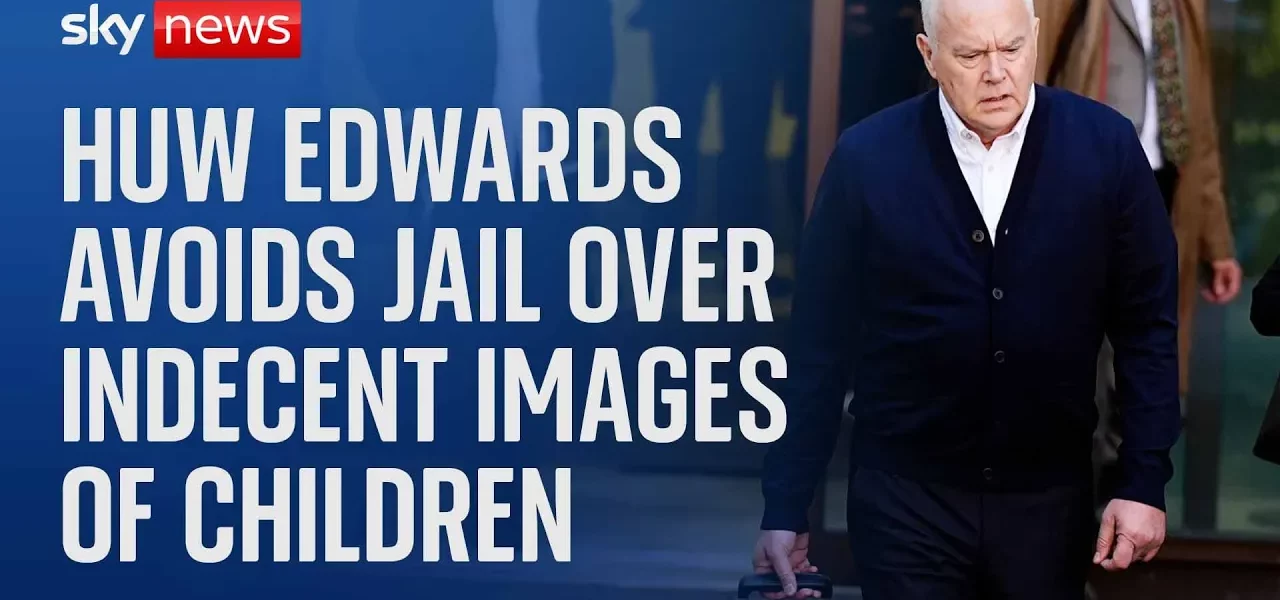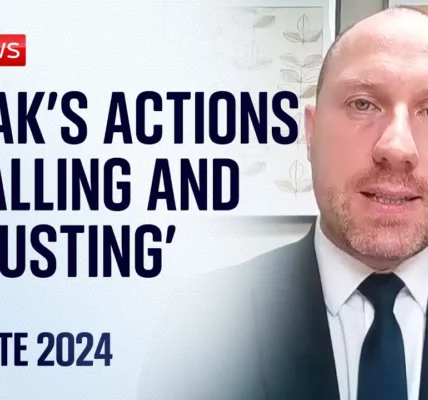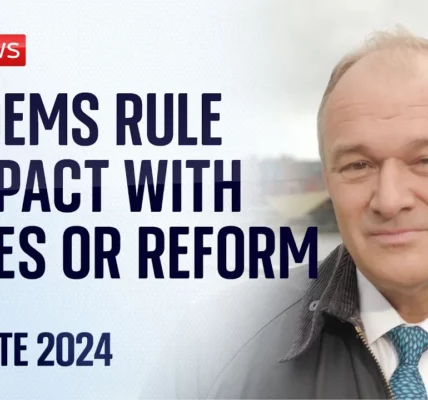Hugh Edwards Sentenced to Suspended Prison Term for Child Abuse Images

In a landmark ruling, former BBC News presenter Hugh Edwards has been sentenced to six months imprisonment, suspended for two years, following serious offenses involving child abuse images. This article explores the details of the case, the implications of the sentence, and the importance of rehabilitation for offenders.
Introduction
The sentencing of Hugh Edwards, a prominent figure in British journalism, has sent shockwaves throughout the media and public alike. The chief magistrate, Paul Goldcam, described Edwards’ crimes as extremely serious but ultimately deemed him not to pose a continuing risk to children. This article delves into the nuances of the case, including the specifics of the sentence, the arguments presented in court, and the broader societal implications of such offenses.
The Details of the Sentence
Hugh Edwards has been sentenced to six months in prison, which is suspended for two years. This type of sentence indicates that while he has been convicted, he will not serve time in custody unless he reoffends during the suspension period. The sentence includes several components aimed at rehabilitation:
- Mandatory participation in a sex offender treatment program.
- Completion of 25 rehabilitation sessions.
- Registration on the sex offenders register for a duration of seven years.
The judge’s decision reflects a consideration of Edwards’ personal circumstances, including his mental health challenges. This indicates a judicial approach that favors rehabilitation over punishment in cases where the offender does not pose an ongoing threat to society.
Nature of the Offense
Edwards was found guilty of making indecent images of children, having received and encouraged the sending of such images from a young man named Alec Williams. The prosecution highlighted the severity of his actions, which included:
- Receiving 377 sexual images, 41 of which were classified as illegal underage content.
- Encouraging further transmission of these images from Williams.
- Failing to report or cease communication regarding the illegal content.
This behavior underscores the gravity of the crimes and the legal framework surrounding child exploitation, which aims to prevent all forms of abuse, including indirect exploitation through image sharing.
Rehabilitation and Its Importance
The court’s emphasis on rehabilitation reflects a growing recognition of the need for effective treatment for offenders. The rehabilitation programs outlined in the sentence aim to address the underlying issues that contribute to such criminal behavior. Key points about rehabilitation include:
- Psychiatric evaluations have shown that many offenders may struggle with mental health issues that exacerbate their actions.
- Programs like the sex offender treatment are designed to provide the necessary tools for understanding and modifying harmful behavior.
- Success rates for rehabilitation can vary, but many offenders do not reoffend after completing these programs.
Through these initiatives, the legal system aims not only to punish but also to reintegrate offenders into society as reformed individuals, thereby reducing recidivism.
Impact on Victims and Society
The repercussions of crimes involving child abuse images extend far beyond the convicted individuals. Victims of such exploitation suffer long-lasting psychological harm, often compounded by the societal stigma attached to their victimization. The chief magistrate’s statement emphasized the seriousness of the offenses and the importance of acknowledging the victims’ suffering. Key aspects include:
- Victims may face lifelong trauma resulting from their exploitation.
- Societal awareness and education are crucial in preventing such crimes by addressing the demand for abusive content.
- Organizations like Barnardo’s have highlighted the need for ongoing support for victims and the importance of public discussions on the implications of child abuse images.
Conclusion
The sentencing of Hugh Edwards serves as a critical reminder of the complexities surrounding crimes related to child exploitation. While the suspended sentence offers a chance for rehabilitation, it also highlights the urgent need for societal vigilance and support for victims. As public discussions continue, it is essential to foster an environment where such offenses are not tolerated, and where victims receive the support they need. In light of this case, we encourage readers to engage with local organizations focused on child welfare and advocacy to contribute positively to society.
“`




